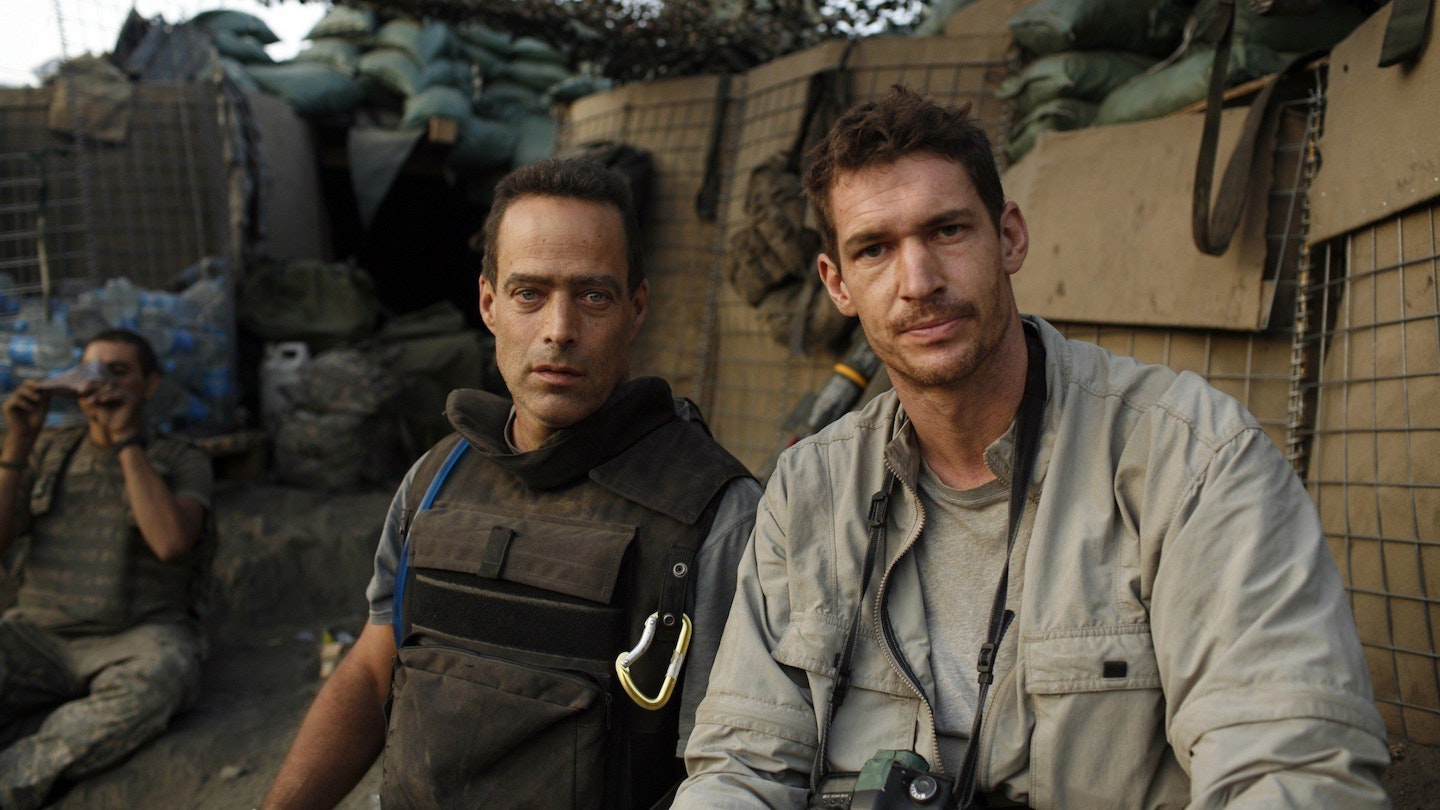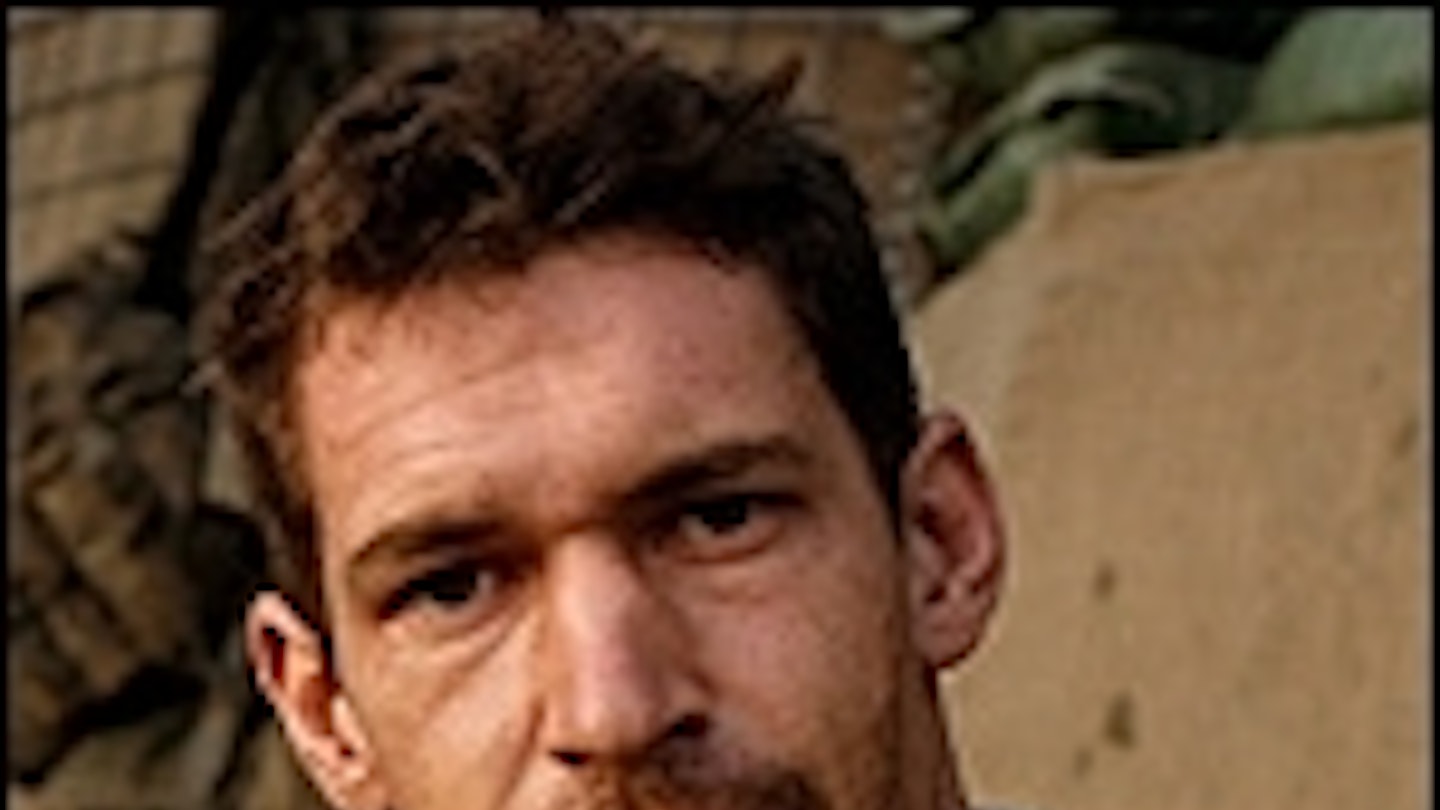At 31, Sebastian Junger, then a struggling freelance journalist and part-time waiter, visited his first war zone in Bosnia. Now, with 17 years, a healthy Vanity Fair retainer and one massive blockbuster adaptation of a novel (The Perfect Storm) under his belt, his experiences of his last tour of duty are here, on the back of Sundance Grand Jury glory and pitched as the first “apolitical” documentary on Afghanistan.
He and co-director Tim Hetherington spent 15 months in the Korangal Valley — a Taliban stronghold famously dubbed “the most dangerous place in the world” by CNN — and returned with 150 hours of tape they later intercut with talking-head interviews of the soldiers lucky enough to return home. The result is a mix of the traumatic and post-traumatic, terrifyingly visceral — cinematic, even — footage of soldiers under attack from an unseen enemy, underpinned by intimate, very human memories.
Abandoning a narrator in favour of an unblinking, sorta-vérité depiction of events, Junger and Hetherington deliberately avoid the bigger picture, focusing instead on the personal perspectives of a single platoon. The effect is both poignant — clearly emphasising the gulf between those who strategise and those who execute the strategies of others — and frustrating, the lack of a wider context escalating the troops’ isolation but fuzzing their goal.
At its essence, though, the story is simple and powerful. When the first of the platoon’s soldiers, the 20 year-old medic ‘Doc’ Restrepo of the title, is shot and killed, his comrades erect a small but symbolic fortress in his honour. Outpost Restrepo, perched on a hilltop overlooking the “valley of death”, is both a middle finger up at their hidden foe and a fascinating community within itself. Retreating there after endless days under fire and weekly councils with the local elders, the troops let off steam either by practising the guitar or, in a brilliant moment, wigging out in group euphoria, dancing madly (and badly) to Samantha Fox’s Touch Me (I Want Your Body).
It’s this footage, juxtaposed with some stunning combat photography, not least a haunting sequence when the sound cuts out as the troops come under fire investigating an IED, that gives the film its momentum. But it’s the bookending footage of Restrepo himself, clowning about on his way into battle, that gives it its heart.

